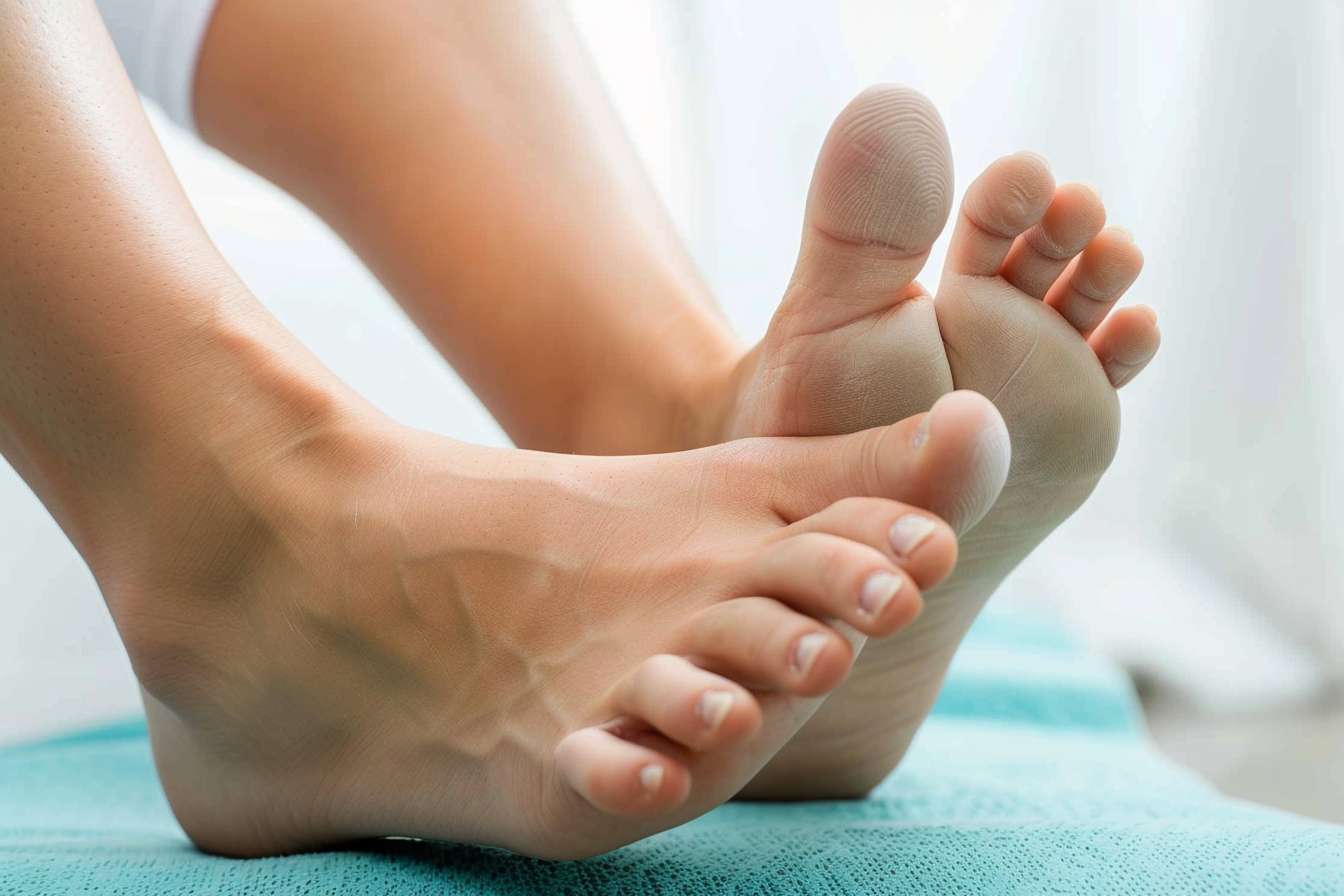When to Seek Professional Care for Persistent Foot Thickening
Persistent thickening of the skin on your feet can range from benign calluses to signs of infection or systemic issues. Knowing when to consult a professional helps protect mobility and avoid complications. This article explains common causes, basic at-home care, and clear red flags for seeking expert assessment.

Persistent thickening of foot skin—whether localized callus, diffuse hardening, or lumps around nails—can affect comfort and mobility. Many cases respond to conservative measures like regular moisturizing, protective padding, and changes in footwear, but some patterns point to underlying problems that benefit from a professional assessment. This article outlines practical signs that suggest an aesthetician, podiatrist, or physician should evaluate persistent foot thickening, and summarizes potential treatments and prevention strategies.
This article is for informational purposes only and should not be considered medical advice. Please consult a qualified healthcare professional for personalized guidance and treatment.
When should a professional or aesthetician assess thickened skin?
If thickening persists despite conservative care—regular filing, over-the-counter creams, and improved shoe fit—seek evaluation. A licensed aesthetician can help with safe mechanical debridement and recommend appropriate moisturizers or topical products, but persistent pain, bleeding, or changes in shape, color, or sensation merit podiatric or medical review. Professionals can distinguish benign callus from conditions requiring medical treatment, such as fungal nail disease, warts, or structural foot problems that increase pressure and promote thickening.
Could collagen, hyaluronic acid, or creams help?
Topical treatments target hydration and skin turnover rather than structural causes. Products containing urea, hyaluronic acid, or ceramides can soften thickened skin and support healing when used consistently with mechanical care. Collagen or niacinamide in topical creams may improve skin appearance but are unlikely to reverse thick, long-standing calluses alone. For fragile skin or neuropathy, professional guidance is important before trying aggressive exfoliants or strong peeling agents.
When are procedures like freezing, injection, or peeling considered?
Certain lesions—such as plantar warts—may be treated by freezing (cryotherapy) in a clinical setting. Injection therapies are uncommon for routine callus management but can address painful bony prominences or cysts under specialist care. Chemical peeling or professional debridement performed by trained clinicians can be effective, but at-home use of strong acids or aggressive peeling risks burns and delayed healing. Ice or simple cooling may relieve inflammation, but do not treat underlying thickening causes.
How does general health, healing, and infection affect thickening?
Systemic health influences foot skin. Diabetes, peripheral vascular disease, and neuropathy change skin quality and healing capacity, raising the risk that thickened areas break down and become infected. Look for signs of poor healing—increasing redness, warmth, drainage, or persistent pain—and seek prompt medical attention. A clinician can assess circulation, sensory function, and infection risk, and advise on protective strategies to promote safe healing and reduce build-up of hard skin.
What role do styling, haircare products, or hair spray play?
While haircare, styling, and hair spray are not direct causes of foot thickening, occupational exposures or habitual behaviors can contribute indirectly. For example, people who handle sticky or irritating products and then touch their feet may irritate skin, and friction from footwear related to job-specific boots or uniforms can increase callus formation. When occupational factors are suspected, a professional can suggest protective barriers, changes in footwear, or footcare routines tailored to reduce friction and promote skin recovery.
What to expect from product, sunscreen, and rejuvenation options?
Daily use of emollient moisturizers and appropriate creams can reduce recurrence: look for urea-containing creams for thick calluses and broad-spectrum sunscreen to protect exposed skin when re-exposing treated areas. “Rejuvenation” treatments offered by clinics vary from conservative exfoliation to specialized resurfacing; choose providers who assess circulation and nerve function first. Over-the-counter products and professional interventions should be matched to the underlying cause—mechanical pressure, infection, or dermatologic condition—rather than applied indiscriminately.
Persistent or worsening thickening, sudden changes in color or sensation, drainage, or pain are all indications to seek professional care. A clinician or qualified aesthetician can identify whether the issue requires conservative debridement, topical products, targeted procedures such as cryotherapy, or medical management for an underlying condition. Early evaluation helps preserve function and prevents complications while guiding safe and effective healing.
In cases where structural factors or systemic disease are suspected, interdisciplinary care—podiatry, dermatology, and primary care—can provide comprehensive assessment. Regular follow-up and tailored prevention strategies, including appropriate footwear, padding, and moisturization, reduce recurrence and support long-term foot health.





